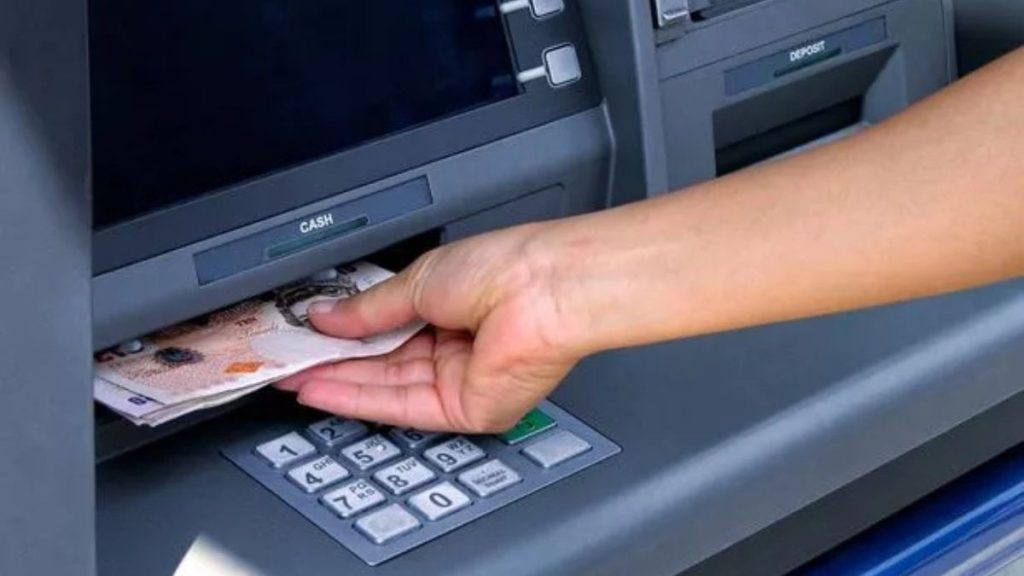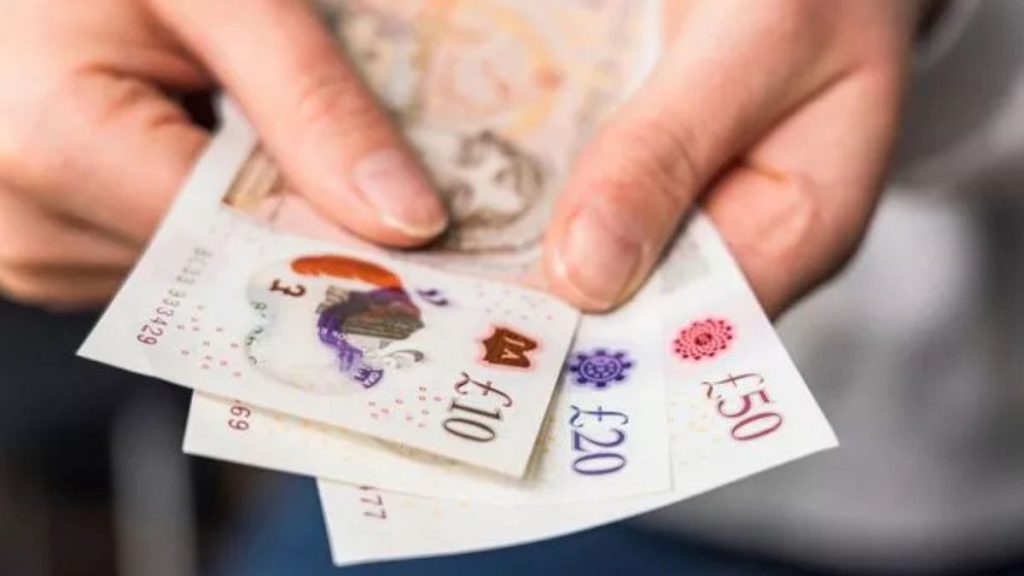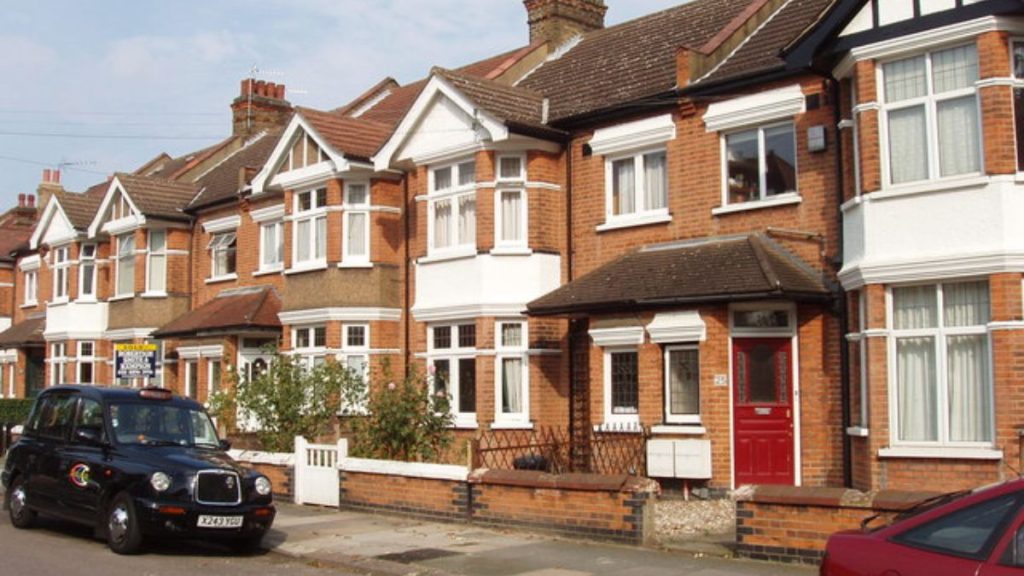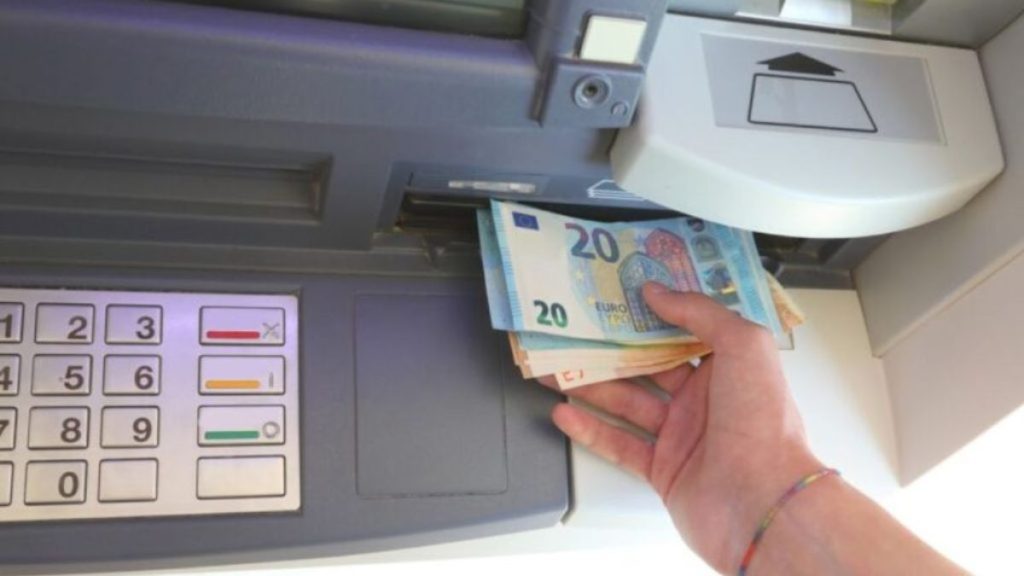The UK government has unveiled a major £29,000 financial support package to assist workers struggling with the ongoing cost-of-living crisis, inflation, and rising household bills. This initiative, designed to provide financial stability and relief, targets low-to-middle income earners and families under financial pressure.
While the figure may sound high, it represents a combination of multiple grants, allowances, and one-off payments under various support programs available in 2025. Here’s a detailed guide on who qualifies, how to apply, and how to ensure you receive your full entitlement.
What Is the £29,000 Government Boost?
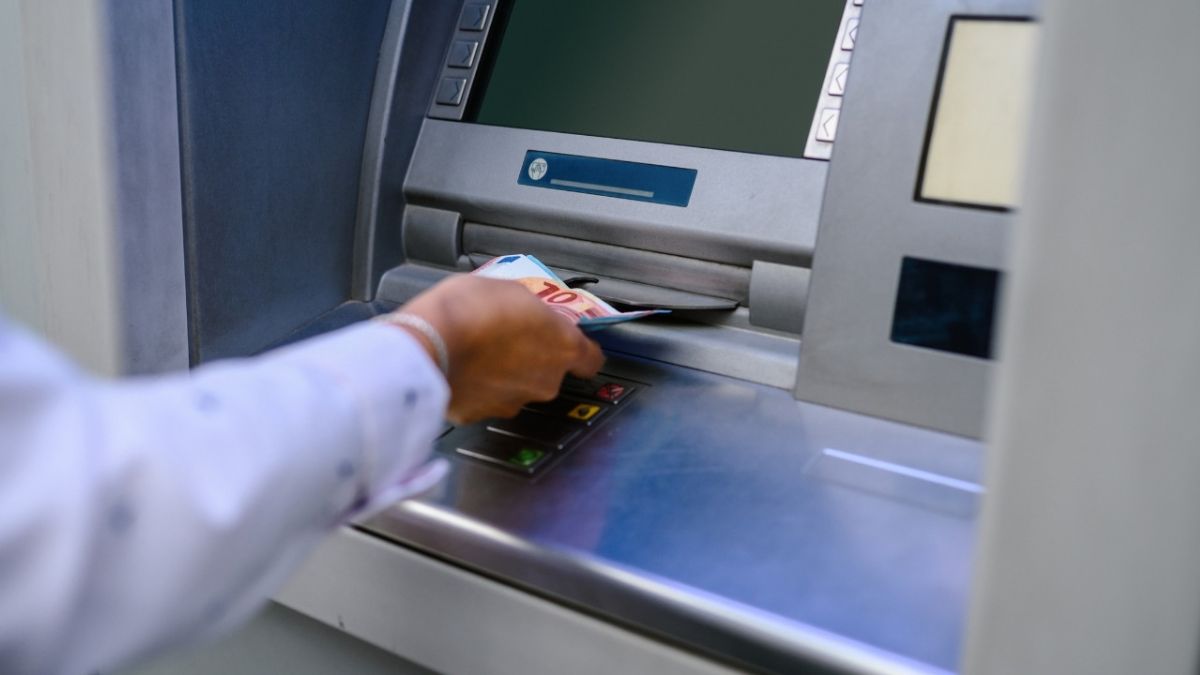
The £29,000 Government Boost is not a single lump-sum payment. Instead, it represents a cumulative package of financial assistance offered through multiple existing and new government schemes.
It combines support for workers, families, and self-employed individuals to help offset the impact of rising living costs, including rent, utilities, groceries, and fuel.
This initiative forms part of the UK’s broader cost-of-living relief strategy, ensuring that working citizens can sustain themselves despite inflationary pressures.
The total support amount of up to £29,000 per household may include:
- Direct payments from cost-of-living schemes
- Energy bill discounts or rebates
- Tax credit uplifts or refunds
- Childcare and housing support grants
- Regional and local government aid programs
Who Is Eligible for the £29,000 Boost?
Eligibility for this boost depends on several factors — including income level, employment status, and benefit participation. The scheme primarily supports low-income and modest-income workers, including both employees and self-employed individuals.
You may qualify if you:
- Are a UK resident aged 18 or above.
- Earn below a specified income threshold, typically under £35,000 per year.
- Receive one or more benefits, such as:
- Universal Credit
- Working Tax Credit
- Child Tax Credit
- Housing Benefit
- Council Tax Reduction
- Are self-employed and can demonstrate income loss or reduced work hours due to inflationary pressures.
- Support dependent children or family members on a single income.
Every application is reviewed individually, and the total financial support depends on your unique situation and the number of benefits you qualify for.
How Much Can You Receive?
Although the scheme is referred to as the “£29,000 boost”, not everyone will receive the full amount.
The total figure reflects the maximum combined value of multiple assistance programs. The actual amount you may receive will depend on:
- Your income bracket
- Your family composition (e.g., single parent, couple, dependent children)
- The benefits or grants you already receive
- Your location, as regional councils may offer extra supplements
For instance:
- Single workers may receive between £5,000 and £12,000 across multiple schemes.
- Families with children could access £15,000 to £25,000 depending on child and housing benefits.
- Low-income households with dependents and energy assistance could reach the £29,000 total threshold.
The boost is therefore a comprehensive support framework, not a single payment, ensuring flexibility across different worker categories.
What the Boost Covers
The government intends for the £29,000 support package to help cover essential daily and monthly expenses, including:
- Rent or mortgage payments
- Energy and water bills
- Groceries and household essentials
- Transportation costs
- Healthcare or childcare expenses
- Debt repayments or savings contributions
For families and individuals facing financial challenges, this support aims to stabilise income and reduce debt dependency, while giving households a stronger sense of security.
How to Apply for the £29,000 Government Boost
Applying for the boost is straightforward, but it requires careful documentation. The government has made several channels available to ensure accessibility for all eligible applicants.
You can apply via:
Online Application
- Visit the official GOV.UK portal and navigate to the “Financial Support for Workers” section.
- Complete the online application form, ensuring your information is accurate.
Telephone Application
- Call the government helpline or local council office for guided support.
- Operators can assist in completing applications and answering eligibility questions.
Postal Application
- For individuals without digital access, a paper-based form can be requested from the local Jobcentre or DWP branch.
When applying, you’ll need to provide:
- Proof of employment (payslips or contracts)
- Recent bank statements
- Benefit award letters (if applicable)
- Proof of address and identity (passport, driver’s licence, or utility bill)
Having these documents ready will speed up processing and ensure timely approval.
Supporting Documents Checklist
To avoid delays, applicants should prepare the following before submission:
- Payslips from the last three months
- Self-employment income records (if applicable)
- Bank statements showing income deposits
- National Insurance number
- Benefit or tax credit statements
- Identification documents (passport, driving licence, or proof of address)
Accurate and complete documentation significantly improves your approval chances and ensures a faster payout.
Payment Timeline and Process
Once approved, the £29,000 boost (or your eligible portion) will be processed and disbursed within a few weeks.
Payments are typically made directly into the applicant’s bank account. Depending on the nature of your claim, you may receive:
- One-off lump-sum payments
- Monthly top-ups
- Targeted credits (such as energy rebates or childcare support)
The government prioritises households in urgent financial need, ensuring the most vulnerable receive support first.
Tax Implications
The government has confirmed that this financial support is tax-free for most recipients.
It will not affect your existing benefits, and there’s no need to report it as income unless you’re in a higher tax bracket or already receive taxable benefits.
To confirm your individual case, you can check official HMRC guidance or contact a tax advisor for clarification.
Common Mistakes to Avoid
Many applicants lose out due to avoidable errors. To ensure a smooth process:
- Do not leave sections blank on your application.
- Double-check bank and contact details for accuracy.
- Ensure all supporting documents are legible and up-to-date.
- Submit your application before deadlines (announced regionally).
- Keep a copy of your reference number and confirmation email for follow-ups.
Benefits of the £29,000 Government Scheme
This initiative goes beyond a one-time payment. It helps create financial stability for working individuals and households by:
- Reducing cost-of-living stress
- Providing emergency cash flow for essentials
- Encouraging savings and debt reduction
- Supporting workers affected by inflation and high energy costs
For many, it can mean the difference between falling behind on payments and maintaining financial security.
Impact on Workers and Families
The financial relief from this initiative is expected to benefit millions of working households. By injecting money directly into the hands of employees, the government aims to:
- Strengthen economic resilience
- Promote consumer spending
- Reduce financial inequality among workers
This holistic approach ensures that the support not only helps individuals but also stimulates local economies across the UK.
How to Check Your Eligibility Quickly
You can easily check if you qualify by:
- Using the eligibility calculator available on GOV.UK.
- Reviewing your latest benefit award statements.
- Contacting your local council or Jobcentre Plus.
- Calling the HMRC or DWP helplines for personal assessment.
Early verification ensures you don’t miss deadlines or delay your payment approval.
What to Do If Your Payment Is Delayed
If your payment hasn’t arrived within the expected timeframe:
- Contact the government helpline immediately for an update.
- Confirm that your documents and bank details are correct.
- Keep all application receipts and reference numbers for follow-up tracking.
- Be patient during high-volume periods, as verification backlogs can occur.
FAQs
Q1: What is the £29,000 government boost for workers?
A1: It’s a combined financial support package designed to help workers manage rising living costs, including rent, utilities, and essential expenses.
Q2: Who can apply for the £29,000 support scheme?
A2: UK residents earning below the income threshold, including employees, self-employed workers, and families on benefits, may qualify.
Q3: How do I apply for the payment?
A3: Applications can be made online, by phone, or by post through the official GOV.UK portal or local council.
Q4: Is the £29,000 payment taxable?
A4: No, the payment is generally tax-free and will not affect existing benefits.
Q5: When will I receive my payment?
A5: Payments are typically processed within a few weeks of approval, with priority given to low-income and high-need applicants.














